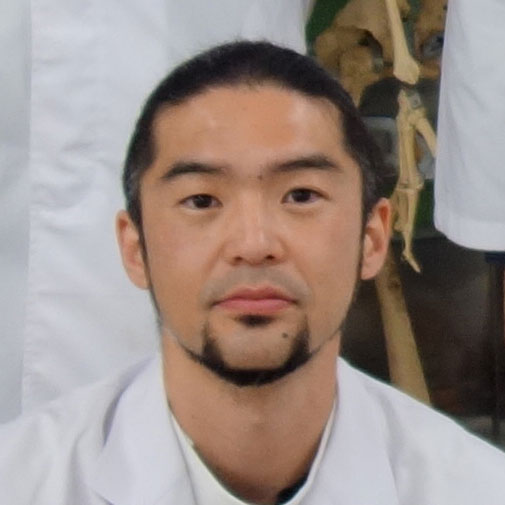Project for the realization of a society in which children with paroxysmal diseases can leadtheir daily lives safely
Project Gist
Wearable ECG monitoring fora better society where children with seizures and paroxysmal disorders can live safely.
Keywords
children, epilepsy, syncope, paroxysmal disorders, wearable ECG monitoring
Background and Purpose
Children with epilepsy and other paroxysmal disorders face many restrictions in their daily lives, such as restrictions in physical activities and being alone. Recently, AI technology has been enabling us to predict seizures before they occur in adults; however, the long-term ECG (electrocardiogram) and pulse wave data has been still very little in children, which will be required for seizure prediction analysis. In this research project, we aimed to collect long-term ECG recording data from children of various ages, to generate normal dataset that will serve as a basis for detecting and predicting attacks in paroxysmal disorders such as epilepsy.
Project Achievements
This research project is conducted in full cooperation with a study group for pediatric epilepsy clinics in Kyoto Prefecture, Pediatric Epilepsy Cohort Kyoto (PECK). The physicians involved are experts in pediatric neurology and child development, and are the substantial point of contact for paroxysmal events in children, such as seizures, loss of consciousness, and sudden falls. Due to the pandemic of COVID-19, we could not obtain new recording data sufficiently. Alternatively, we analyzed long-term EEG (electoroencephalogram) data that contained both actual seizure events and simultaneous ECG recording to assess the feasibility of ECG recording on seizure detection and prediction. We are continuing to collect long-term ECG recording as well as long-term EEG analysis.
Future Prospects
We will continue to work on the detection and prediction of epileptic seizures by analyzing children’s long-time ECG recordings and ECGs attached to long-time EEG recordings. Since the ECG is now being considered to be a potential marker of physical and mental stress, we hope that it could become a surrogate tool for children that speaks for their hidden discomfort and unspoken problems.
Figure

A wearable ECG is a palm-sized device that is attached to the chest with an adhesive gel pad.
Principal Investigator

AWAYA Tomonari
Graduate School of Medicine
He is a pediatric neurologist/clinical geneticist with expertise in rare genetic disorders and child development. He obtained his Ph.D. from Kyoto University, where he worked on disease research using iPSCs. Pediatric Epilepsy Cohort Kyoto (PECK) is one of his activities trying to address clinical questions in a scientific way.
Related URL: https://peck.med.kyoto-u.ac.jp/wearable.html
